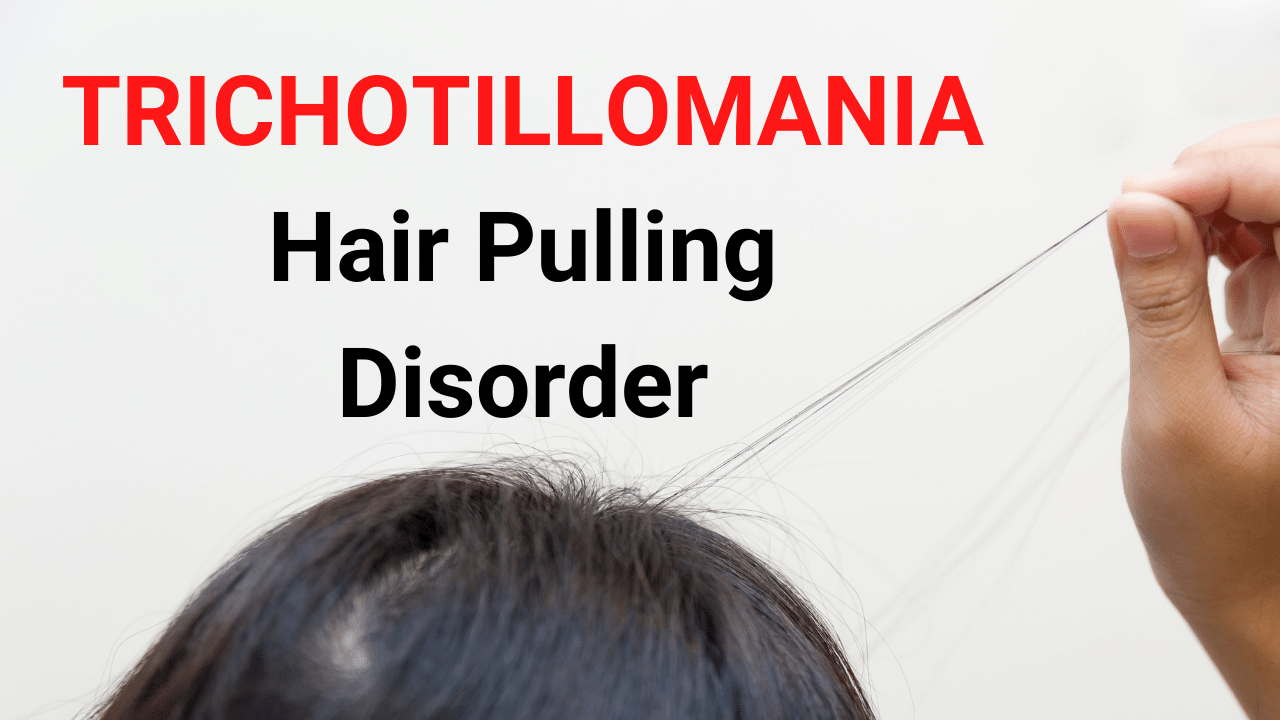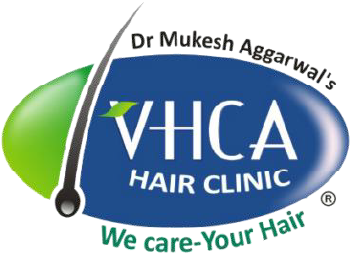Since 1928VHCA Hair Clinic World's 1st Ayurveda Hair Clinic
Trichotillomania (Hair Pulling)
Understanding Trichotillomania
Trichotillomania is a compulsive hair-pulling disorder that can lead to significant hair loss and emotional distress. It is often associated with anxiety, stress, and other psychological factors.
VHCA Ayurveda Approach to Trichotillomania
Ayurveda, the ancient Indian system of medicine, offers a holistic approach to hair health and wellness. VHCA treatments for Trichotillomania include a combination of Ayurveda medicines, hair care therapies, and lifestyle modifications.
Who Does Trichotillomania Affect?
Trichotillomania, or hair-pulling disorder, can affect individuals of all ages, genders, and backgrounds. However, it most commonly begins in adolescence, particularly around the ages of 10 to 13. While both males and females can develop this disorder, it is more frequently diagnosed in females. Trichotillomania can also affect children and adults, and in some cases, it may persist into adulthood if not properly addressed.
How Common Is Trichotillomania?
Trichotillomania is considered a relatively common disorder, though its exact prevalence is challenging to determine due to underreporting and misdiagnosis. It is estimated that approximately 1 to 2 percent of the population may experience Trichotillomania at some point in their lives. Despite its prevalence, many individuals with Trichotillomania may feel ashamed or embarrassed, leading to a reluctance to seek help.
Mental Health Effects of Trichotillomania
The mental health effects of Trichotillomania can be profound and far-reaching. Many individuals with this disorder experience significant emotional distress, including feelings of shame, guilt, and frustration. The compulsive nature of hair-pulling often leads to increased anxiety and stress, as individuals struggle to control their urges. Over time, the disorder can contribute to the development of depression, social isolation, and low self-esteem. The visible hair loss and bald patches caused by Trichotillomania can further exacerbate these feelings, impacting one's overall quality of life.

How Trichotillomania Affects Hair, Scalp, and Tissue
Trichotillomania can cause considerable damage to the hair, scalp, and underlying tissue. The repeated pulling of hair can result in noticeable hair loss and bald patches, which may vary in size and location. Over time, the constant pulling can weaken hair follicles, leading to thinning hair and, in severe cases, permanent hair loss. The scalp may become irritated, red, and inflamed due to the trauma inflicted by hair-pulling. In some instances, individuals may also develop infections or scarring on the scalp. Additionally, the constant tension and trauma can cause damage to the underlying tissue, leading to pain and discomfort.
Symptoms of Trichotillomania
The primary symptom of Trichotillomania is the recurrent, compulsive pulling of one's hair, resulting in noticeable hair loss. Other symptoms may include:
Frequent attempts to stop or reduce hair-pulling, often without success.
Feelings of tension or anxiety before pulling hair or when trying to resist the urge.
A sense of relief, satisfaction, or pleasure after pulling hair.
Bald patches or thinning hair on the scalp, eyebrows, eyelashes, or other areas.
Playing with, chewing, or swallowing pulled hair.
Avoidance of social situations or activities to hide hair loss.
Development of rituals or specific routines related to hair-pulling.
Causes of Trichotillomania
The exact cause of Trichotillomania is not fully understood, but it is believed to result from a combination of genetic, psychological, and environmental factors. Potential causes and contributing factors include:
Genetic Predisposition: There may be a hereditary component, as Trichotillomania can run in families.
Neurobiological Factors: Imbalances in brain chemicals, such as serotonin and dopamine, may play a role in the development of the disorder.
Psychological Factors: Stress, anxiety, depression, and trauma can trigger or exacerbate hair-pulling behaviors.
Environmental Factors: Certain environmental factors, such as childhood trauma, abuse, or significant life changes, may contribute to the onset of Trichotillomania.
Behavioral Factors: Some individuals may develop hair-pulling as a coping mechanism for dealing with negative emotions or stress.
Key Ayurveda Treatments for Trichotillomania
1. Herbal Remedies: We at VHCA Hair Clinic use a range of Ayurveda medicines known for their hair-strengthening and calming properties. Ingredients such as Brahmi, Ashwagandha, and Bhringraj are used to reduce stress and promote hair growth.
2. Scalp Massages: Ayurveda scalp massages with Vardhini Oil (medicated oils) like Brahmi oil and Bhringraj oil help nourish the scalp, strengthen hair roots, and provide a calming effect that reduces the urge to pull hair.
3. Herbal Hair Spa / HRP Therapy:- We make a lot of efforts to make our hair shine and look good by using various cosmetics and advanced techniques which unknowingly damages our hair. Straightening, curling, and various chemical based shampoos, creams usage cause hair damage.
4. Diet and Lifestyle Modifications: A balanced diet rich in hair-friendly nutrients and Ayurveda dietary guidelines are essential components of our treatment plan. We provide personalized diet plans to ensure your body receives the necessary nutrients for healthy hair growth.
5. Behavioral Therapy: In collaboration with mental health professionals, we offer support and counseling to address the psychological aspects of Trichotillomania. Techniques like mindfulness and stress management are integrated into our Ayurveda treatment plan.
FAQs
How is it treated?For teenagers and adults, the standard trichotillomania treatment is cognitive-behavioral therapy aimed at reducing the urge and diverting the habit. Some have been helped by antidepressants. Hair doctor specialists suggested parents of young patients not punish them, but divert them with a favorite object and reward them when they play with a toy or blanket rather than their hair.
What are the risks?Hair pulling frequently feel consumed by shame and feel uncomfortable around others. Generally, when hair pulling stops, the hair grows back ultimately — though it may be thinner or have a different texture. Eyelashes may stop growing back altogether. People who bite on the hair can form a hairball, which can be life- hanging.
What is the cause of my hair pulling?The cause of trichotillomania can differ from person to person. Sometimes there is an event that proved difficult and frustrating. A response to that event may have been to pull hair out. The distraction that this action provided may have provided some stress relief.
What therapies do you use to help TTM?Hypnotherapy, EFT (Tapping) and psychotherapy processes are used.
How many sessions will I need?All patients are different. Some people may find that circa 6 sessions are enough. Usually, between 8 to 12 sessions are needed.
What if I need help outside of the therapy session?During office hours if you telephone and leave a message I will call you back withing 24 hours. Email support is also available.
Connect for wellness: Begin Your Journey Today
